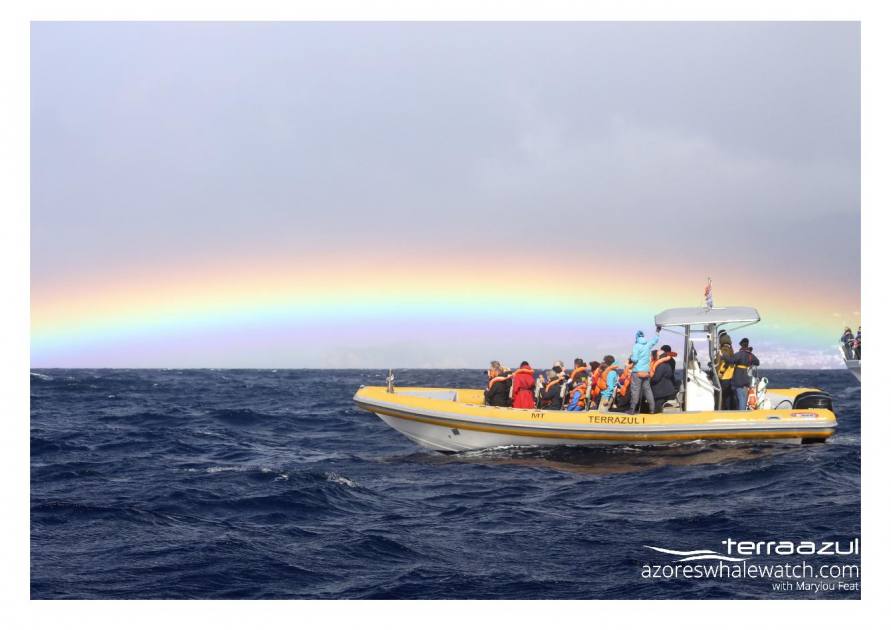
Sometimes the Sea can be flat as a Lake and it is so Amazing to be in the middle of the Ocean …
… When it is good weather our boats are in a hurry to go out to discover new encounters with the Nature.
Sometimes Mother Nature is STRONGER and the Sea is so rough that it is not Safe anymore for humans to go out of the marina …
…When it is bad weather our boats are singing when in a safe place. The mats of sailing boats are talking , the ropes are making noise and the waves are also talking to us saying that it is not Safe outside.
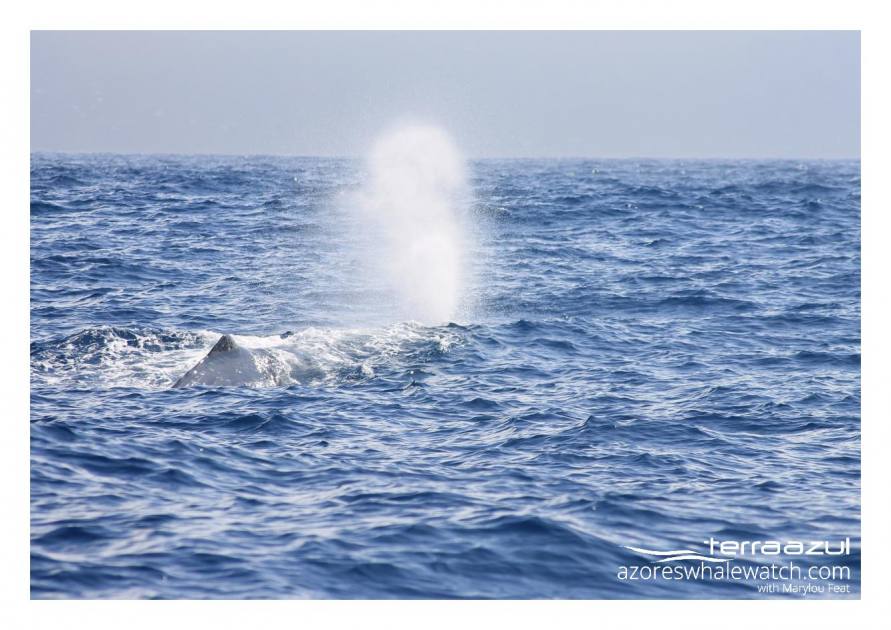
A lot of you are asking how do cetaceans behave during Bad Weather. Does water get into their lungs when they try to breath on those circumstances?
It has been suggested that coastal dolphins can sense changes in atmospheric pressure, heading for deeper, less turbulent waters before the bad weather hits. But when it is bad weather it is even more difficult to study the Wildlife Nature.
Cetacean blowhole has evolved to be on top of the head because it is the most efficient place to have it. It makes breathing very effortless in even rough seas. Cetaceans do also have control over the opening and closing of the blowhole.
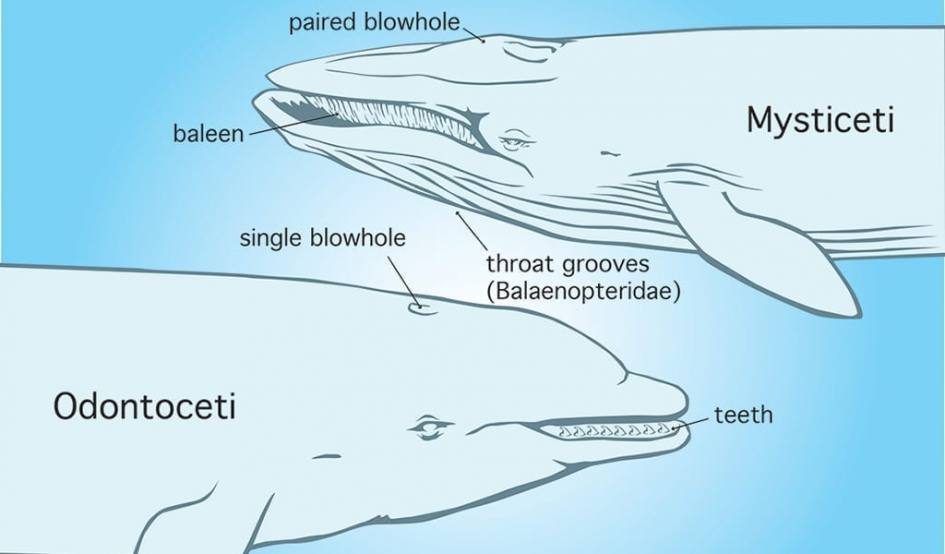
The blowhole leads directly to the lungs and, like all breathing mammals, it cannot hold water in its lungs, otherwise the whale would be drowning. Toothed whales (Odontoceti) have only one blowhole and baleen whales (Mysticeti) have two. When relaxed, the blowhole is sealed shut. It takes powerful muscles and valves to open the blowhole when the top of the head is completely out of water; allowing air to escape and giving the whale the opportunity to take a fresh breath.
Porpoises, delphinids, and other small toothed whale species respire in less than 1 seconde. The bottlenose dolphin completes an exhalation and inhalation cycle in one-third of a second. For Baleen Whales, it takes a little more time. For example, for the Gray Whale calves the duration of expire and inhale is approximatively 1,5 secondes.
Cetaceans exhale explosively and then inhale again very quickly, requiring them to spend relatively little time at the surface.












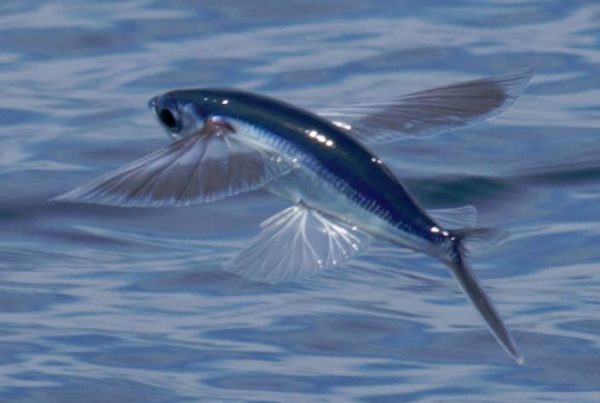
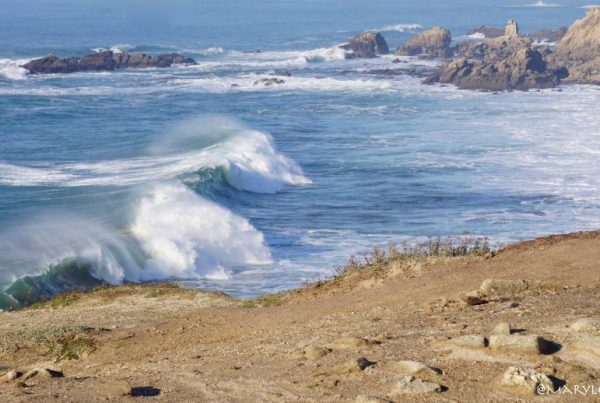
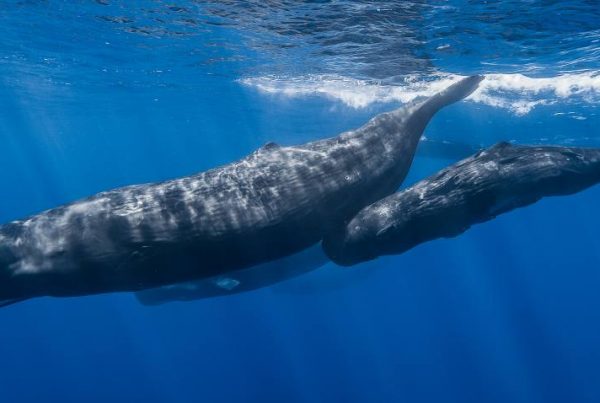



Your thoughts on this?